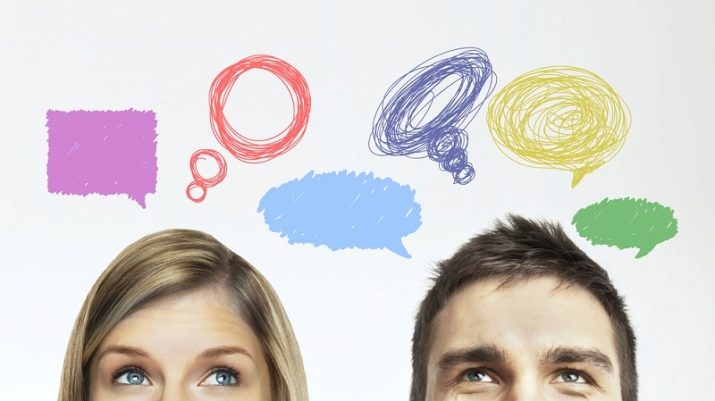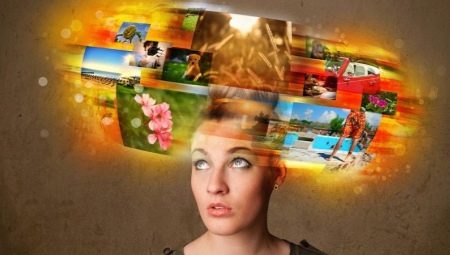Associations, which entail the involuntary appearance of another image during a mental connection between two or more concepts, contribute to the effective storage and reproduction of information. Subsequently, the memory is easily updated.
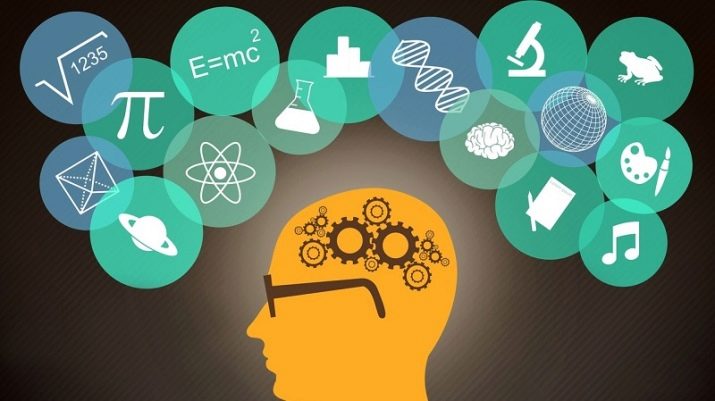
What it is?
In neurophysiology, it is noted that the process of perception of information begins from the moment it affects receptors. External stimuli are converted into bioelectric energy. Neural networks caused by complex chemical processes allow a person to retain an image for a long time without quantitative and qualitative losses. In this way, The physiological basis of the association is considered to be short-term nervous connection caused by conditioned reflexes.
In psychology, associativity is considered the connecting link between mental phenomena. The structure of human memory is designed so that some memories are able to generate images associated with them. A person has the opportunity throughout his life to accumulate, hold, preserve, recognize and reproduce a huge amount of knowledge and skills, various representations and images.
Human memory is associative. Memories entail certain moments of life in the form of a logical chain of related events. Several musical measures can cause a gamut of a wide variety of feelings. Having heard a fragment of a work, an individual can instantly recall a landscape, aroma, sound, or a loved one. Associations are peculiar invisible hooks extracted from the depths of memory. They contain ideas about accumulated life experience and experienced moments directly related to what needs to be remembered.
Primitive people used objects to remember. For example, they took a pebble or a leaf from a tree with them. To this day, the phrase “memory knot” has remained, meaning a kind of coding of information. External means of memory come to the aid of its internal process. A knotted knot on a handkerchief is a coded association image.
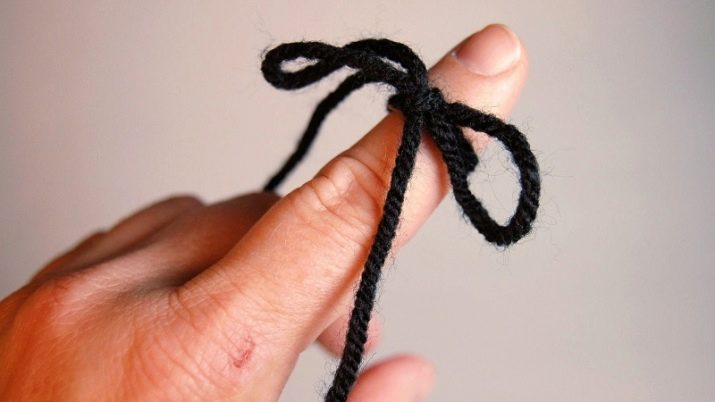
The associative memory of a person retains knowledge selectively. The brain itself filters the information. Sometimes a person cannot remember an important event, but he remembers some insignificant fact to the smallest detail.
The theory of associative memory is based on the concept of associations, which are represented by 3 groups.
- Adjacency Associations suggest the appearance of memories experienced at a certain moment in life. For example, meeting with a childhood friend, a person may recall several episodes from the school age. Memories can trigger positive or negative emotions.
- Affinity associations mean the identified similarities of a new image that has appeared with a person’s face that has already been encountered.
- Contrast Associations able to evoke in consciousness the opposite images that were already perceived before: “beautiful” - “scary”, “evil” - “kind”, “sweet” - “bitter”, “soft” - “hard”.
The associative system of memorizing concepts is based on simplicity, unusualness and detail. To create an association does not require the application of mental effort. This is a creative process. A technique based on associativity is included in the structure of many techniques. Their implementation allows you to remember a large amount of very complex and serious information.

Impact on ability development
Associative ranks created in human memory, help develop various abilities:
- storing a solid amount of information;
- memory development;
- improving the process of memorizing new material;
- stimulation of the development of imagination and creative abilities;
- ability to create new ideas.
Linking existing knowledge to new material has a great effect on the development of personality abilities. To identify the ability to use associative connections, psychologists use test diagnostics.

Association principles
Information filled with meaning is stored for a long time in the structure of the brain, and a meaningless set of words is quickly erased from memory. With the help of associations, any material is easily fixed.
In psychology, various techniques are widely used. Creating free associations is a creative process. An individual invents associative rows independently, depending on his vocabulary and the choice of the word closest to him. Thought turns into a real work of art. When creating associations, bizarre fantasies and colorful images are especially effective. Ways to memorize material using associative series are very effective.
There is a concept of an internal language. Each person has many individual memories related to the same event. All active comparisons of the current representation of an object with existing concepts in memory are called associative connections.
The activity of some representations is an impulse for remembering other concepts associated with memories.
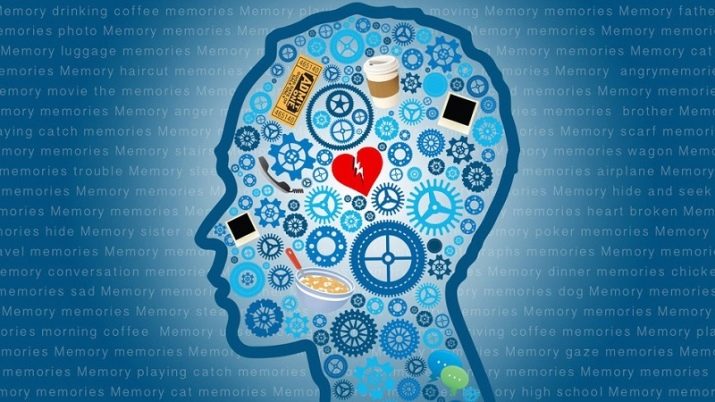
All lived life is recorded in the form of vague or vivid memories that are extracted from the depths of memory when meeting new material. Each individual has certain stereotypes. For example, hearing the word “noisy”, one represents a busy street, the other may think about a vacuum cleaner, the third about a children's collective.
At the time of acquaintance with a person in the structure of the brain, associative attachments instantly begin to form. A pleasant timbre of a voice can remind a velvety baritone of a close friend, some features of a person - a colleague, etc.At the next meeting with this person, recognition occurs due to internal representations that have been activated through previously arising associations.
There are various types of them.
- Cause and effect. A thundercloud is associated with heavy rain. A bruise indicates a bruise or injury.
- Opposite. A contrasting image causes the opposite association. When you see a white mouse, an image of a black cat may appear in your imagination.
- Proximity in time. Phenomena or facts are often united by the proximity of location in space or in time. The concepts of "heat", "heat" can be associated with summer or Africa.
- Similarity. Similar signs make it possible to mentally compare a cunning person with a fox, a cowardly one with a hare, and a clumsy one with a bear. An incandescent lamp can be associated with a pear, planet Earth - with a ball.

How to develop?
Associative method Great for working with children. Kids pick up pictures that resemble the original words or phrases. They are given out to children and the corresponding phrases are uttered aloud: a delicious dinner, a happy holiday, a dark night, a winter day, a mischievous dog, a strong wind, summer rain, an old tree, a strong friendship, a serious illness.
Then the sheets with the image of these concepts are removed. Toddlers are switching to another activity. After half an hour, the children again receive pictures. They must reproduce previously heard phrases.
The same technique is used in working with primary school students. For them, tasks gradually complicate. In younger schoolchildren, the method forms the skills of quick memorization of material. In the future, the principle of operation will be automatically used by them to root mathematical formulas, abstract concepts, complex texts, and voluminous information in memory.

There are many exercises to train the associative memory of older students and adults.
Task number 1
It is necessary to write down numbers from 1 to 100 in a column, then fix on another sheet 10 associations arising with a certain digital sign.
Example:
- 1 - candle;
- 5 - a smoking pipe;
- 8 - sign of infinity;
- 11 - picket fence;
- 14 - Valentine's Day (Valentine's Day - February 14);
- 17 - Stirlitz (the film "Seventeen Moments of Spring");
- 20 - a swan swimming in a round lake;
- 31 - New Year;
- 33 - Jesus Christ (by the number of years lived on earth);
- 45 - a berry (because of the expression “a woman will knock 45, will become a berry again”).
After rooting in the memory of vivid images corresponding to certain numbers, you need to write a series of numbers again and write an associative event opposite each of them. The procedure is repeated until all the numbers in the column have ended.
This exercise helps you quickly memorize an important date or phone number.
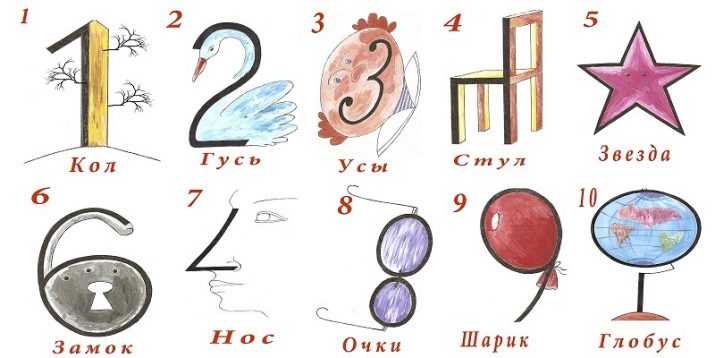
Task number 2
You should remember words that are not logically related. Each word is given 10 seconds to comprehend. You can remember them by arranging words in an associative sequence. The brighter and more interesting the images are, the easier it is to remember them. After processing 5 images, you need to mentally reproduce the image in your head, then you need to continue working on the next group of words.
A sample list of words to remember:
- painter;
- mirror;
- star;
- fish;
- marmalade;
- carpet;
- landscape;
- table;
- the spoon;
- shame;
- schoolboy;
- bathhouse;
- cloud;
- jug;
- bullet;
- screen;
- visagiste;
- boredom;
- sand;
- rustle.

Imagine an artist standing with a brush in his hands in front of a huge mirror in which a bright red five-pointed star is reflected. Suddenly, a fish with marmalade in his mouth jumps right out of this star and falls with a roar on the carpet in the room. The carpet depicts a beautiful landscape. When it falls, the fish manages to tail down a spoon from the table and instantly blushes with shame.
The schoolboy who witnessed these events immediately went to the bathhouse.On the street he saw a beautiful cloud in the form of a jug, into which a bullet hit with an incredible whistle. The makeup artist saw these events on the screen of his TV. He got cheekbones out of boredom. The face was so distorted that the makeup artist immediately began to rub it with sand. At that moment there was a rustle of sheets of the opened book.
In this case, it is necessary in the imagination to draw not a simple book, but an old edition in leather binding. It is necessary to clearly smell the centuries-old dust coming from the rustling huge glossy pages. The brighter the image is created, the longer it will be stored in memory.
Composing an absurd text contributes to the long retention of words in the repository of long-term memory. The restoration of the associative chain of events allows the individual to reproduce the words in strict sequence the next day, after a week, and even after a month.
Using the method of associative relations enables a person to remember without difficulty a very large number of words.

Task number 3
It is recommended to come up with 2 words that are not interconnected in meaning. One of them will be the beginning of the link, and the second word should complete the chain. For example, the source words are “berry” - “theater”. Such a chain can turn out: berry - jam - cheesecake - buffet - theater.
In the following tasks, it is proposed to come up with associations according to external characteristics, color, smell, and shape.
